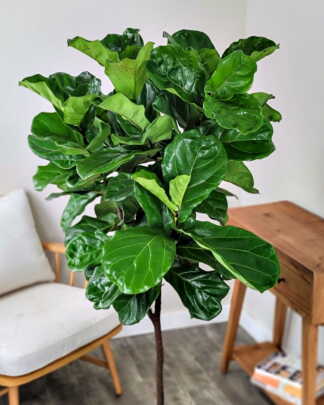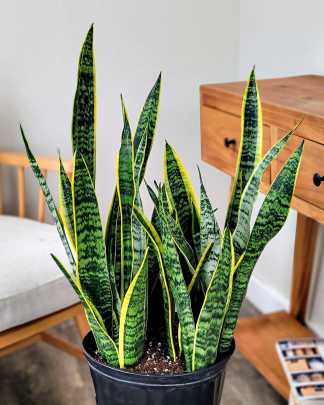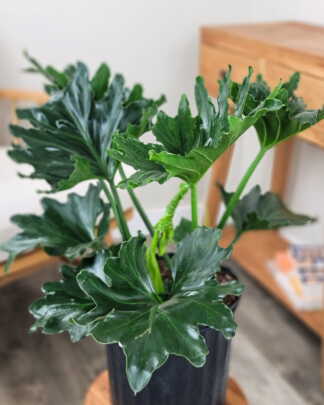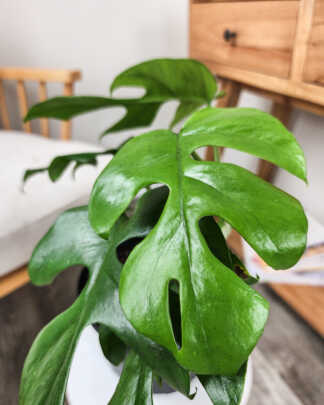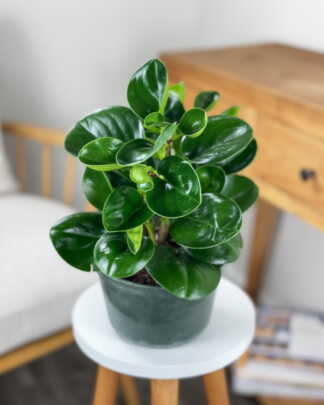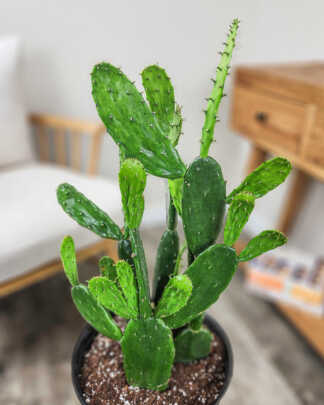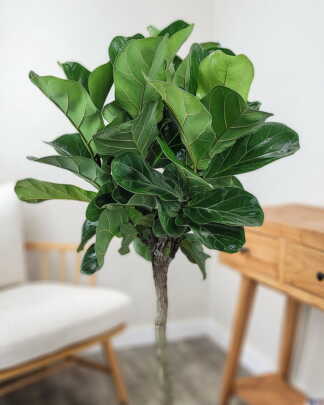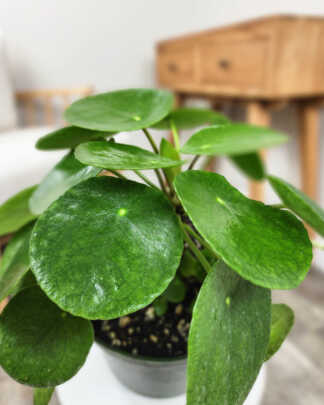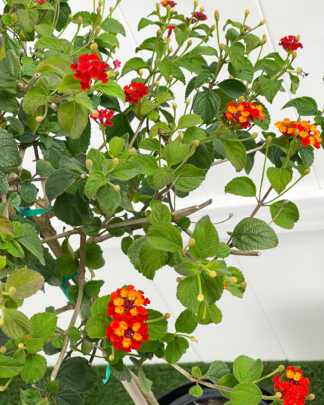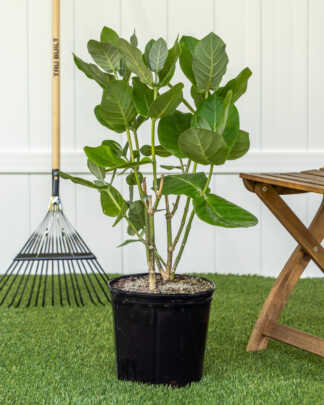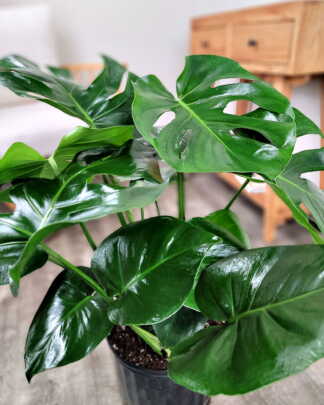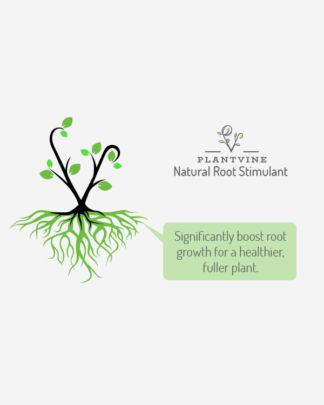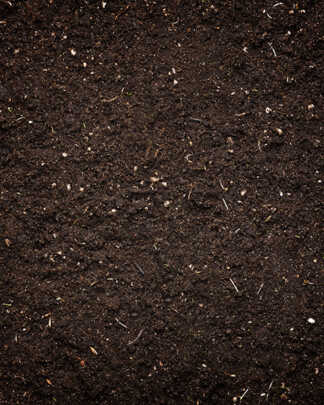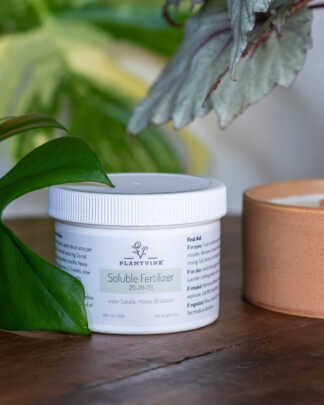The Comprehensive Guide
To Beautiful Green Plants,
Flowers, And Trees
The Plant Series: Green Beauty
Beautiful green plants are an essential part of our lives, whether we realize it or not. They provide us with oxygen, filter the air that we breathe, cool down the temperature of our surroundings in summer and give shelter against wind and rain.
They also look beautiful! Flowers and trees can provide natural beauty for your home, office, or other space by adding to your living environment. Their designs range from delicate flowers to strong trees to sprawling bushes. So no matter what you prefer, there will always be a plant to match your style.
Among the family of plants, there is a great variety. Some of them are edible, and some are poisonous. Many plants have medicinal properties or produce functional materials like oils, rubber, cork, or latex. Numerous species serve as food items for humans and animals.
The color green itself is represented in shades as diverse as all the colors of the rainbow. The green of an oak leaf, the green of seaweed, and the green of a Sonoran cactus are all different, beautiful colors. Grasses, trees, leaves, and bracts can create their own beautiful tapestry on the landscape of seas of green.
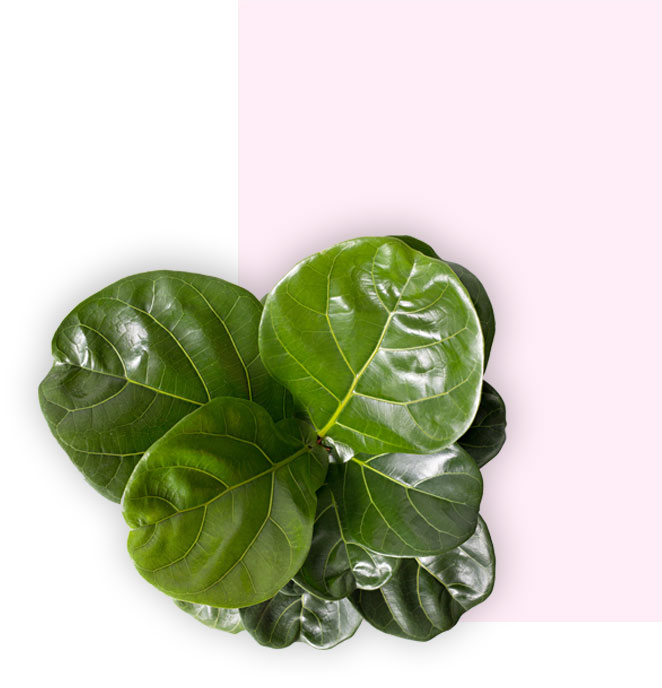
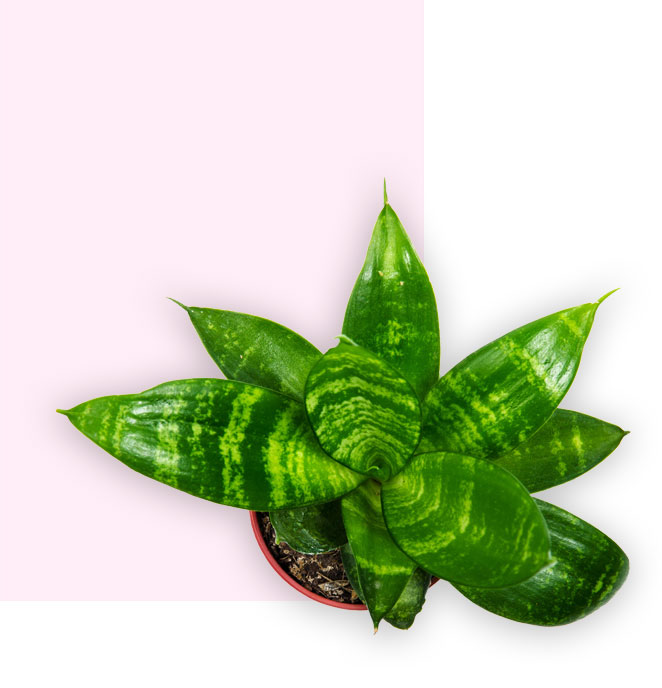
The Emotional Power Of Plants
Plants are an integral part of our environment, and they help us breathe, grow, clean the air and give beauty to our surroundings, making them an essential part of our lives. As it turns out, plants are one of the best mood boosters around! Our emotional attachment to nature, particularly flowers, is so strong because they make us feel good emotions like love and joy.
People widely tend to break plants into two main categories: greenery and flowers. Both enrich our lives and in different ways. Flowers can be a symbol of love, of sympathy; they can be given as gifts or simply placed in a vase to brighten an area of your home. All these things are possible because nature and flowers are so beautiful and uplifting.
There is also a spiritual aspect to our relationship with plants and flowers. You can place decorative plants in your home or office to make it more beautiful and add positive energy by connecting you to nature. For example, feng shui principles suggest that places with plants should connect the living space with the environment and create a sense of green light and peace.
No matter what, plants have and have always had a special place in humanity’s hearts.
The Beauty Of Life
The mental responses triggered when looking at natural plants include joy, anticipation, happiness, or excitement. However, if you pay attention, you will notice that each leaf and flower has a unique personality. This is a prime example of why plants are so precious!
A disconnect from the natural world can be a leading cause of stress. However, life is beautiful, and being surrounded by various forms of energy can help improve our overall quality of living.
One of the most potent ways to get rid of negative emotions is through natural plants. If you think about it, flowers are the ultimate life-saver for people who want to escape from their problems or get rid of their stress.
The one thing left to say is that plants are not just beautiful in themselves—they’re also our partners in helping us grow in knowledge and understanding.


The Value of Plants
Plants are precious in our lives, often in ways we cannot quantify. Yet, they are all around us and can provide vital clues for better understanding our world. They’re very complex creatures that have evolved over millions of years, making them the perfect teachers.
We cannot emphasize the importance and value of plants in our everyday lives enough. Psychologists say that there is a direct connection between our physical wellbeing and the feelings we get when we’re around nature.
We cannot forget that we are living things too, and benefit from being around other living things like our ancestors were for all of the time.
The connection to plants and nature is so profoundly intertwined with the human experience that one has only to open a book of poetry or visit an art museum to see artists’ odes to plants, flowers, and nature. Plants and flowers are so beautiful that they inspire us!
This is exactly what nature does for us—it gives us different perspectives on the world around us, flowers being just one small piece of this picture.
This Benefits Of Plants
The first and most crucial benefit of plants is that they keep us company. Whenever we’re surrounded by nature, we find peace within ourselves, and we enjoy the presence of living things around us.
The first and most crucial benefit of plants is that they keep us company. Whenever we’re surrounded by nature, we find peace within ourselves, and we enjoy the presence of living things around us.
What do you think happens to the human spirit when it’s inside a building full of lifeless objects like walls and desks? Even if there are trees nearby, the fact that they live outside the premises doesn’t really make a difference; it’s still not what we call “natural.” This happens because our bodies and minds need to harmonize with nature to work at their best.
We all need moments of relaxation and peace to recharge our batteries and remain physically and mentally healthy. In addition, we all want to be surrounded by beautiful things, which we can quickly achieve by spending some time alone in nature.
What’s more, the benefit of spending some time outdoors is that it helps us reduce stress levels and increase our overall levels of creativity. This is because the outdoor space allows us to improve our liberty of mind, which increases our ability to think freely.
Another significant benefit of plants is that some have medicinal properties. The natural world can be beneficial to us in this way: by providing us with food, energy, and life. Some are used to lower blood pressure, while others can be used to treat mental disorders. The most crucial benefit of plants is that they support us in our quest for longevity by teaching us how to live in harmony with nature.
Additional Benefits of plants include the purely scientific ones:
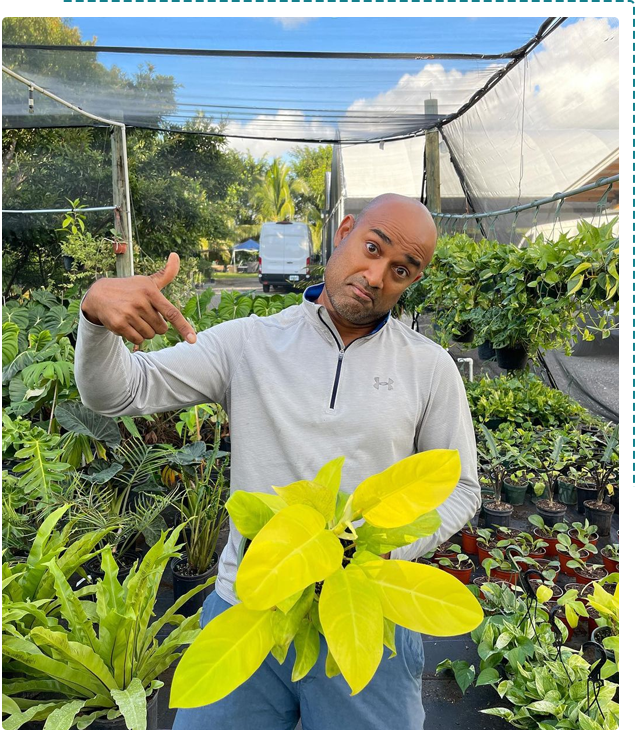
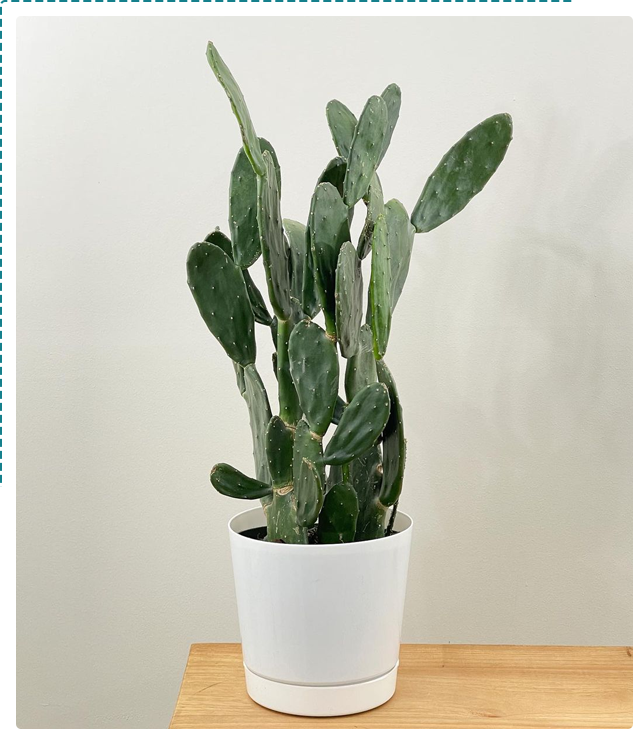
How the Beauty of Greenery Benefits Our Lives
Plantlife provides richness to the world and is essential for many reasons. They help provide us with food, convert carbon dioxide to oxygen, and serve as a habitat for animals, but these are only a few of the reasons plants are vital for us.
One reason that people might not think of is that plants help keep the world beautiful. Imagine how drab everything would be without flowers or trees! If nothing else, plants look nice. Why else would people plant grass or flowers in front of their homes?
Natural greenery provides solace and spiritual renewal to us. It feels good on our senses: looks beautiful, smells nice, maybe tastes excellent, and can dampen sound pollution. All of these things can make us feel better when we are unhappy.
Color is vital to our moods. Color makes us happier. Filling our lives with color can make us happy too! Color science is well known and unconsciously alters our attitudes. And what better shade of green is there than a natural one from the leaf of a plant?
We see the beauty in nature every day, but we don’t always appreciate it. Those who enjoy nature quickly know why it’s a part of our existence, those who do not must learn to. The natural world is a gift.

How the Beauty of Greenery Benefits Our Lives
Plantlife provides richness to the world and is essential for many reasons. They help provide us with food, convert carbon dioxide to oxygen, and serve as a habitat for animals, but these are only a few of the reasons plants are vital for us.
One reason that people might not think of is that plants help keep the world beautiful. Imagine how drab everything would be without flowers or trees! If nothing else, plants look nice. Why else would people plant grass or flowers in front of their homes?
Natural greenery provides solace and spiritual renewal to us. It feels good on our senses: looks beautiful, smells nice, maybe tastes excellent, and can dampen sound pollution. All of these things can make us feel better when we are unhappy.
Color is vital to our moods. Color makes us happier. Filling our lives with color can make us happy too! Color science is well known and unconsciously alters our attitudes. And what better shade of green is there than a natural one from the leaf of a plant?
We see the beauty in nature every day, but we don’t always appreciate it. Those who enjoy nature quickly know why it’s a part of our existence, those who do not must learn to. The natural world is a gift.
Classifications of Plant Life
Plants are categorized as such by a few criteria, including:
Plant Taxonomy Examples
We can define the species and types of plants according to various criteria. The kingdom of Plantae comprises virtually all the multicellular eukaryotic life forms found on Earth. Plantae is further divided into two subkingdoms: cryptogams, plants that do not produce flowers or seeds, and phanerogams, which have seeds and flowers.
Science has determined a number of ways to classify and organize plant life, exploring plants’ ancestry, evolution, and development. The essential classifications within the kingdom Plantae are based on their primary structure and general appearance. The five categories of plant taxonomy examples are:
Angiosperms, or flowering plants, are the dominant plant type today, with over 300,000 named species. They have seeds that are protected in an ovary. The flowers attract pollinators or allow for pollen dispersal and collection, and the seeds are borne in a fruit.
Plants for You
While scientific categorizations are important, informal categorizations can also be helpful. For example, there are many types of plants throughout the world, and each one has a unique personality.
As it turns out, there are hundreds of different categories of plants that are worth mentioning. From popular categories to summertime favorites, all plants are beautiful in their own way.
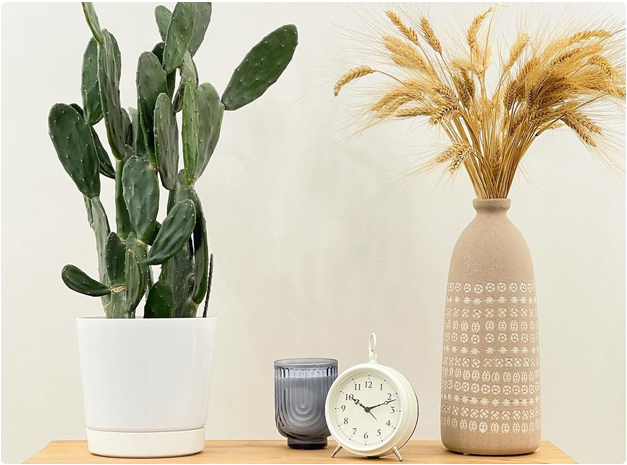
Popular Types of Plants
Popular categories include things like houseplants, succulents, landscaping plants, and flowers.

Houseplants
Houseplants are plants that are grown indoors. They may be grown in pots, bought as houseplants, or grown in a special conservatory. This is the main category of plant care indoors.

Succulents
Succulents are fascinating plants, and they include cacti, aloes, and hens-and-chicks! They always seem to be so happy and carefree, even when they’re not getting any water! Most succulent plants are drought-resistant do not require much care.

Landscaping Plants
Landscaping plants are the ultimate in having a green thumb. Landscaping plants come in different shapes and forms, including delicate ferns, graceful things like palms, and bushes.

Flowers
Flowers can be regarded as the most beautiful of all plant species. They are also the most important because they are colorful, which is why flowers are so important to us.

Tropical Plants
Tropical plants can be grown as houseplants or outdoors as annuals. They may require more care than other plants, especially if grown in a greenhouse.

Annuals
Annual plants come in different shapes and forms, but they all require pruning and watering. They also die back when winter comes around.

Perennials
The plants do not die during the winter but rather go dormant and come back when spring arrives.

Herbs
Herbs are commonly used to spice up our meals, like parsley, thyme, and rosemary. They also smell very good when you rub them or crush them in your hands! You can also use them medicinally.
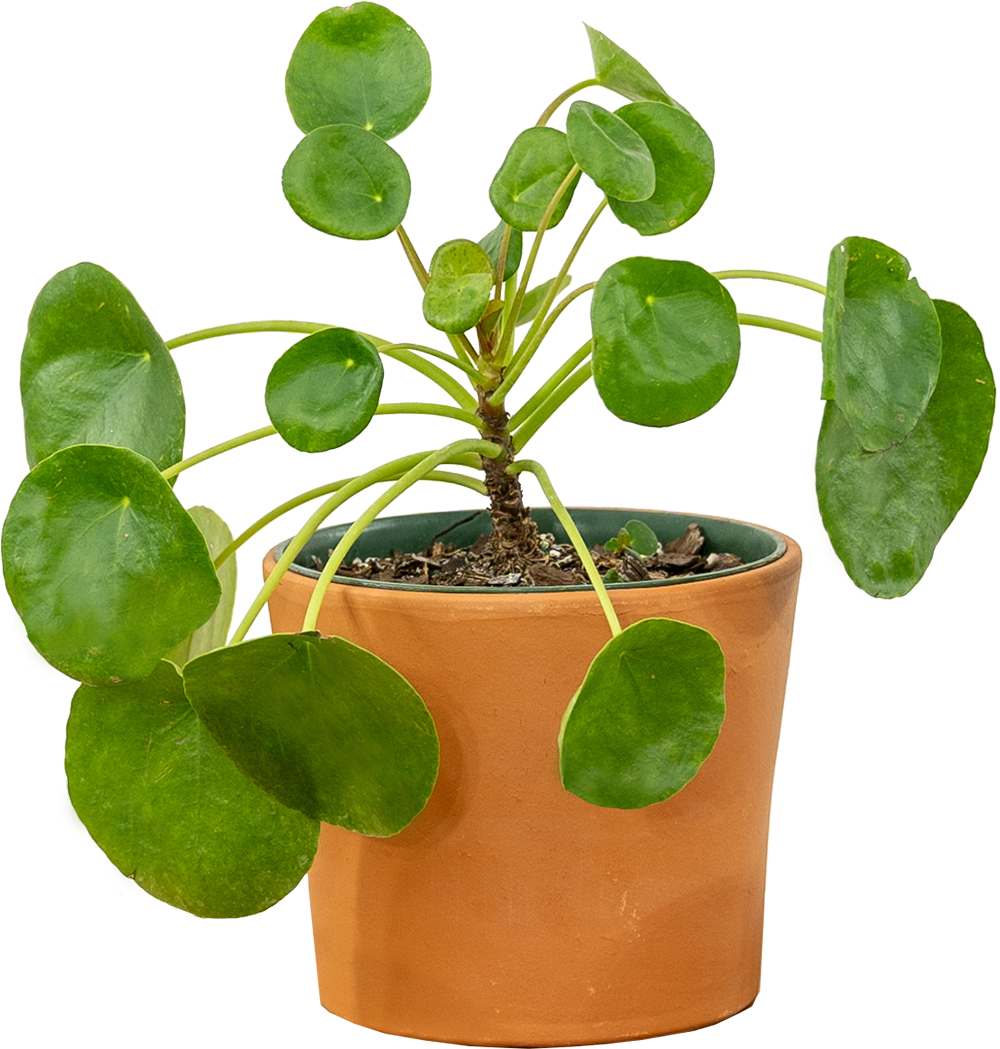
Best Summertime Plants
Succulents! Succulents are plants that can grow constantly. However, it almost seems like their primary purpose is to be green all year long—or pink or blue, succulents can come in all colors!
One of the most popular succulent plants is the cactus. Cacti are native to the Americas, but some can be grown outside in warm climates. Generally, most cacti are found in arid regions with low rainfall.
Most cacti have spines or needles on their branches. The spines protect against animals that may want to eat the plant. Additionally, most cacti need particular conditions to survive, so they don’t grow outside where they’re not supposed to grow.
Cacti and succulents are great for summer because they love heat, dryness, and lots of sun.
Additionally, great landscaping plants for the summer include butterfly-attracting plants and patio plants. Fruiting plants are excellent because some, like strawberries and raspberries, can provide harvests all summer long. Butterfly attracting plants are welcome because they bring beautiful butterflies to the garden!
Plant Types for You
There are many types of plants, from seaweed to trees to succulents and cacti to moss. Some plants don’t have chlorophyll. Some plants are purple or red instead of green. Some plants are incredibly tall, while some are small. Plants come in so many shapes, sizes, and colors that it’s impossible to name them all.
Some plants are more suited to indoor growing than others. Luckily, it’s easy to get your hands on beautiful houseplants! Houseplants are available online to buy. Buying houseplants online and having them delivered by mail is more attainable than you might think!
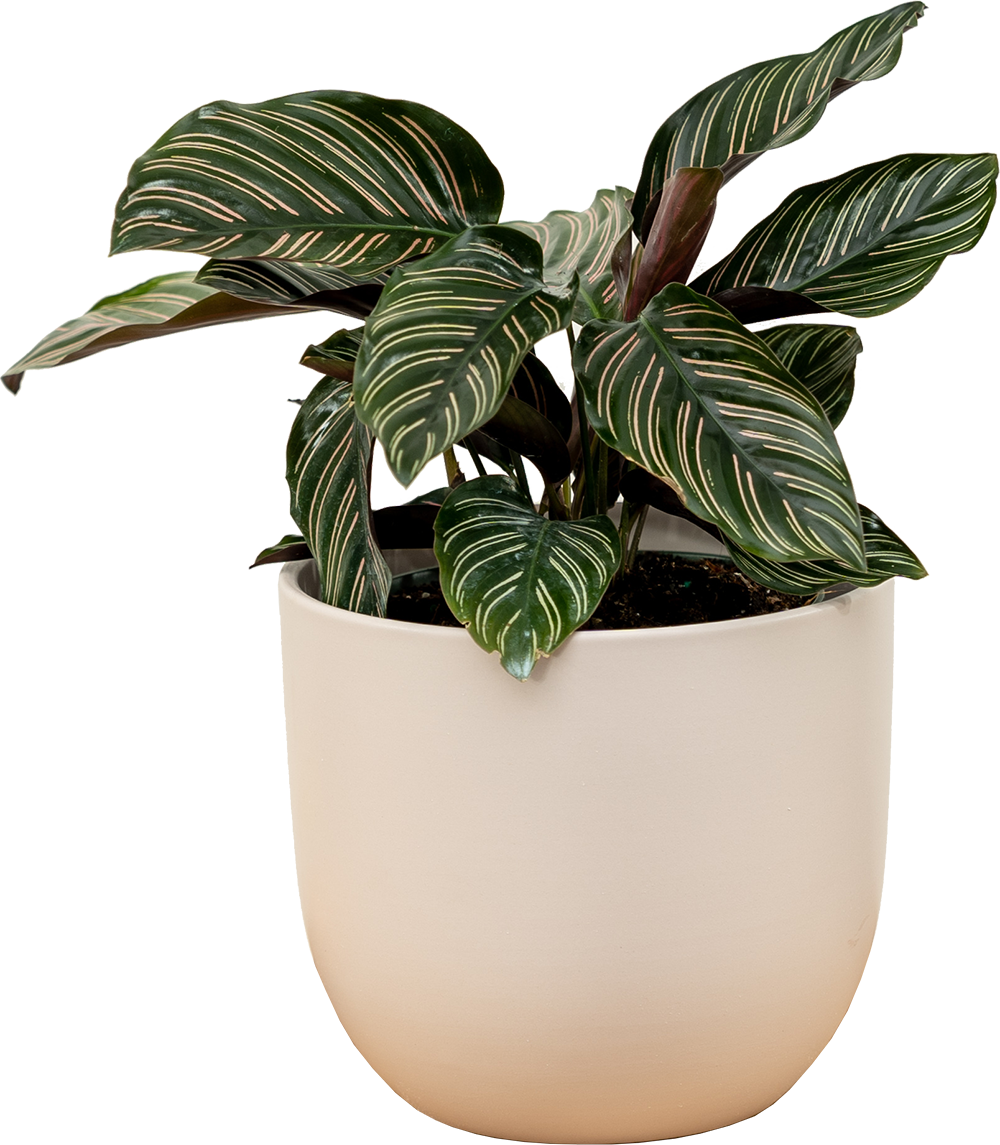
Featured Categories
Time for Darryl’s Discoveries! Darryl always features new kinds of plants that he discovers, often provided at oversized clearance – even the bestsellers! And this is what Darryl has to say about them:
“I regularly stumble upon some amazing finds, specimens you’ve probably not seen before, and won’t find anywhere else. I’m excited to share my discoveries.” Just listen to Darryl!
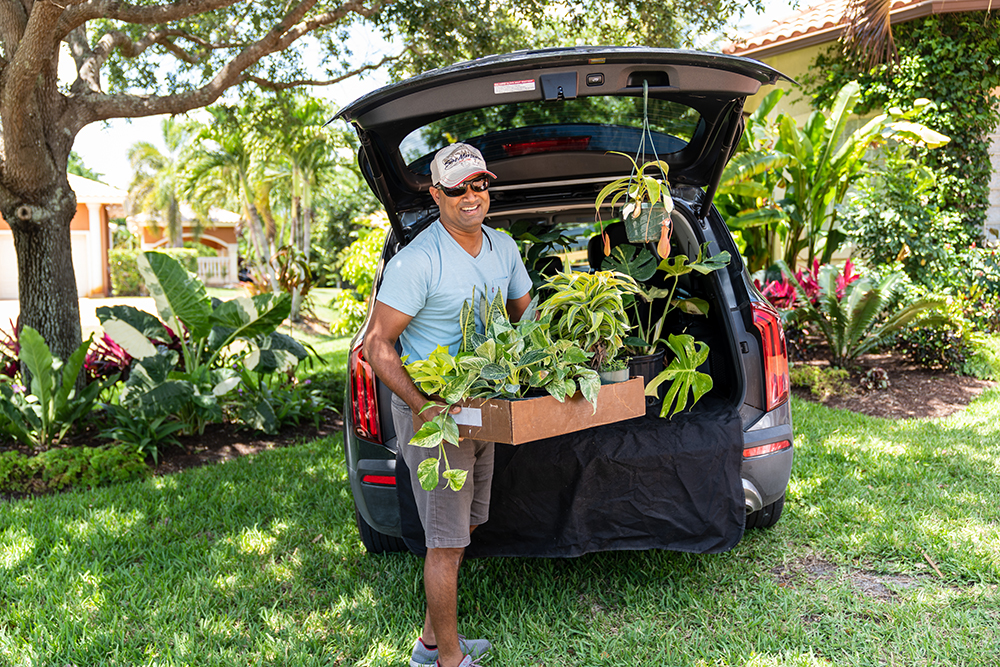
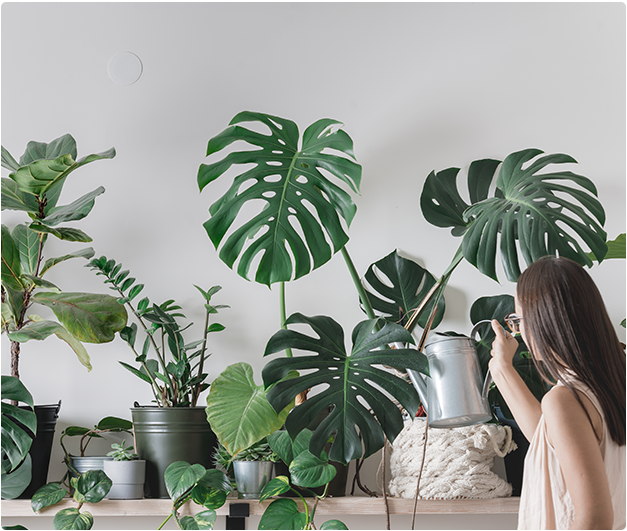
Houseplants
You can use indoor plants and houseplants to beautify and decorate a home and provide a home with much-needed oxygen. Indoor plants do not require as much sunlight as outdoor plants, but they still need sunlight. In addition, indoor plants can serve as companions for those who must stay indoors during inclement weather. There are many benefits to having indoor plants!
Indoor plants exhibit many different characteristics as compared to outdoor plants. One of the main differences is that indoor plants cannot survive in high heat or direct sunlight because they are used to conditions inside.
Furthermore, indoor plants rarely need watering, pruning, or fertilizing unless necessary. Fertilizing indoor plants help maintain the health of the plant and help encourage desired growth.
Cacti
Cactus is a succulent plant with many varieties. Cacti typically grow in arid regions of the world, ordinarily dry for most of the year. The cactus does not require as much water as other plants, but they still must be watered and fertilized sometimes! Cacti can tolerate high temperatures and handle high salt content in their soil.
Cactus plants can survive without fertilizer and usually need little more than a bit of water. Some cactus plants can live indoors or out, depending on their specific needs and growing conditions. Some indoor cactus plants survive better than some outdoor cactus plants!
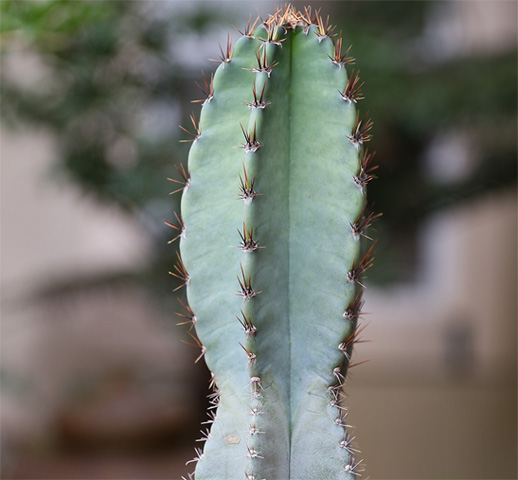
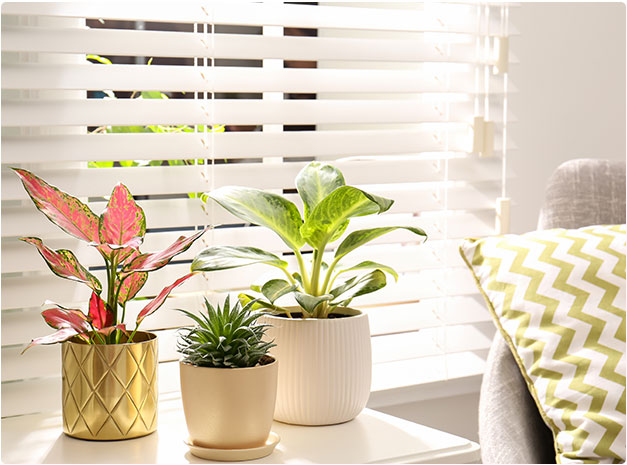
Containers
Containers and vases come in many shapes and sizes. You can use them to house various plants from tiny to large so that they can be placed within a house, office, or another area to beautify and decorate the space. Containers provide a fresh look for any site so they can be placed in a home, an office, or a bush.
In addition, containers have been used as homes for some plants that need particular conditions, such as lily pads.
Plants to Attract Wildlife
Plants are a great way to attract wildlife to your yard or garden. However, many wildlife creatures need to be fed or have a place to live to survive, so plan accordingly. In addition, some plants serve as a home for many different types of animals, such as butterflies and birds. To attract these creatures, you need to provide the right amount of food and shelter for them.
Some plants that attract wildlife include milkweed, sunflowers, and dandelions. Butterfly bushes are commonly found in many yards because they attract pollinators, such as butterflies and hummingbirds. Plants that attract hummingbirds will often be red and tube-shaped, as hummingbirds mainly see red and have long beaks for drinking nectar.
Sunflowers attract butterflies, bees, and birds to your yard or garden. Dandelions are essential because they are some of the first flowers to bloom in the spring, providing food to bees just waking up.
Milkweed attracts Monarch butterflies because milkweed is what is known as a “host plant.” Essentially, this means that Monarch caterpillars can only eat milkweed when they’re growing up.
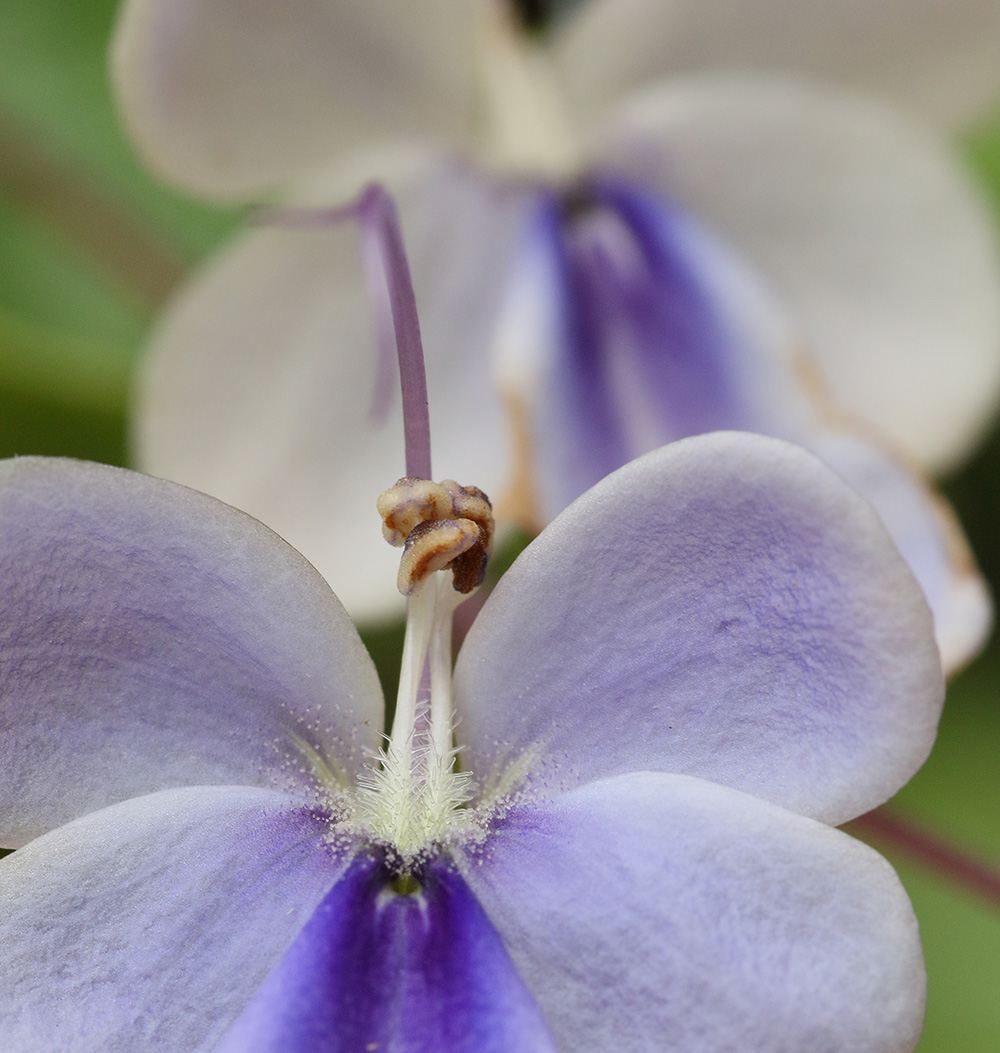
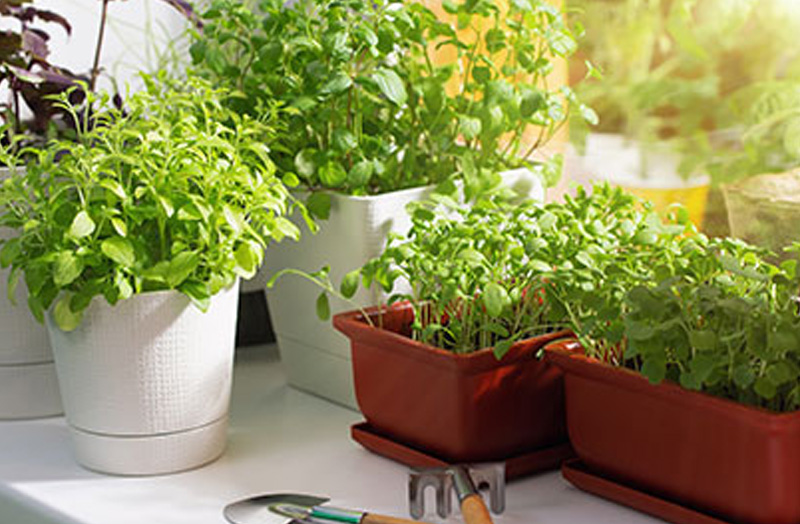
Edible Plants
Edible plants are fruits, vegetables, and herbs that humans use as food. Many edible plants are grown on farms for commercial use to be shipped to supermarkets and sold as food for humans
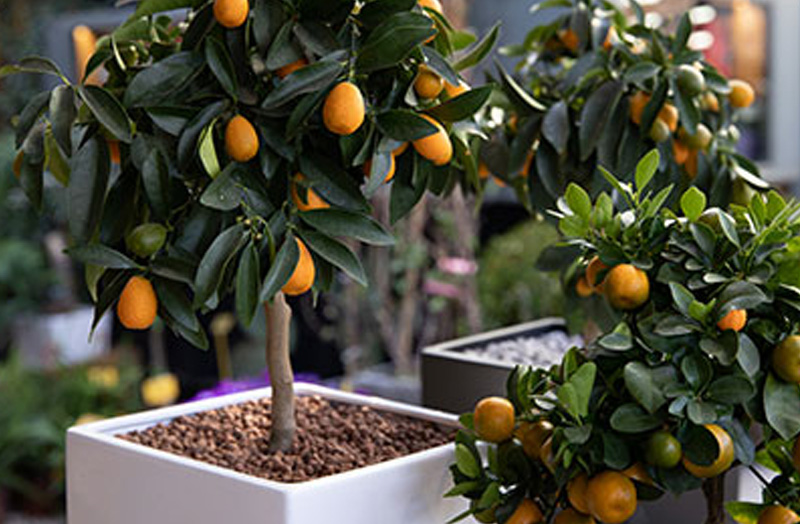
Fruits
Fruiting plants, including fruit trees like apples and pears, are not only beautiful year-round but also produce delicious food for us to eat. Fruits are the ripened ovaries of plants containing seeds that have evolved into attractive food so animals (like us) would spread their seeds.
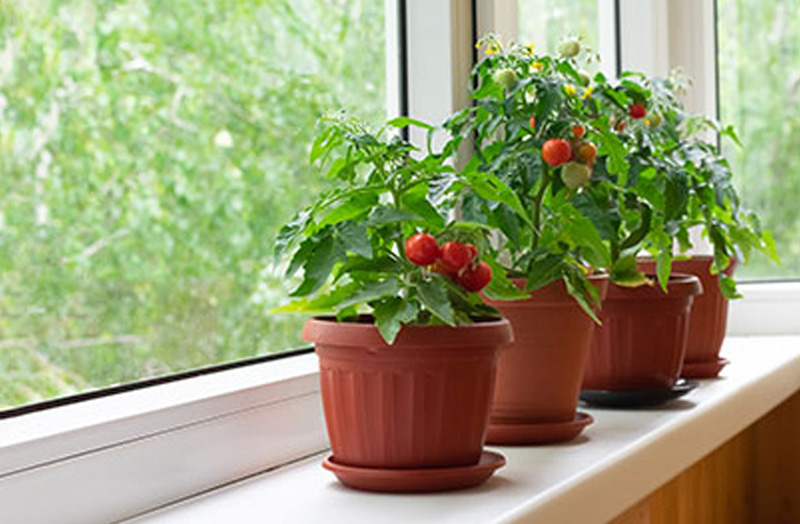
Vegetables
Vegetables are non-fruit parts of plants we eat, such as broccoli, asparagus, lettuce, and rhubarb
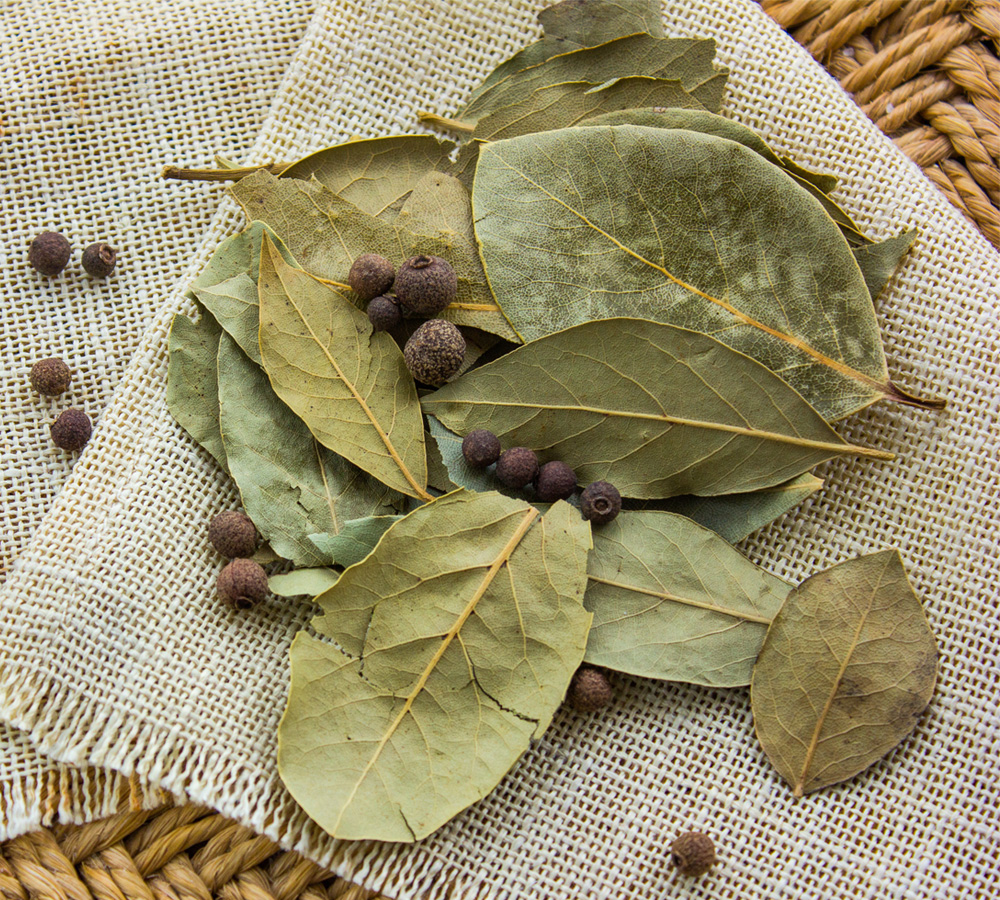
Herbs
Herbs are technically vegetables, but we don’t eat herbs as we use them to season and garnish dishes.
Other edibles include plants that are grown for medicinal purposes. They are used to treat illnesses or conditions such as diabetes, arthritis, and cancer. Medicines can be derived from plants because they can be used in many different ways. In addition, some medicines contain chemicals derived from plants.
Herbal remedies are extracts made by extracting the essential oils of plants to make medications. Medicinal herbs contain compounds found in plants, bacteria, or animal tissues to relieve diseases and conditions. Herbal remedies come in many forms; some are edible, while others are made into teas, tinctures, or oils.
Patio And Outdoor Plants
Plants are essential components in the landscape of your home. They provide you with oxygen to breathe and beautify your home. Plants can also be used to protect the soil from erosion.
Many different types of plants are found outdoors. Some plants can be used indoors as well. Many people put indoor plants on their patios or porches because they are more susceptible to the outside environment than other plants. People can use plants even in small spaces in containers on patios or planted right in the ground in a garden.
People also use plants to protect the soil from erosion by providing a protective layer to prevent further deterioration. You can plant plants together in a group, or they can give protection individually.
Many people use plants to create living walls along the outer walls of their homes. This helps create an attractive fence for homes with little room to grow crops.
Gardening is something that many people enjoy doing at home or in their yards. It gives the user a sense of accomplishment after finding just the right plant for their space, teaching them about healthy eating habits, and providing fresh fruits and vegetables to the eater’s family.
The benefits of outdoor plants include creating a lot of beauty around your home. Container plants can be easy to maintain and are able to be placed wherever you want. Cacti and succulents are great for xeriscaping (landscaping that uses little water). Plants with different foliage colors can make beautiful tapestries of leaves like a Monet painting. Vining plants are used to cover walls and trellises and make structures out of plants

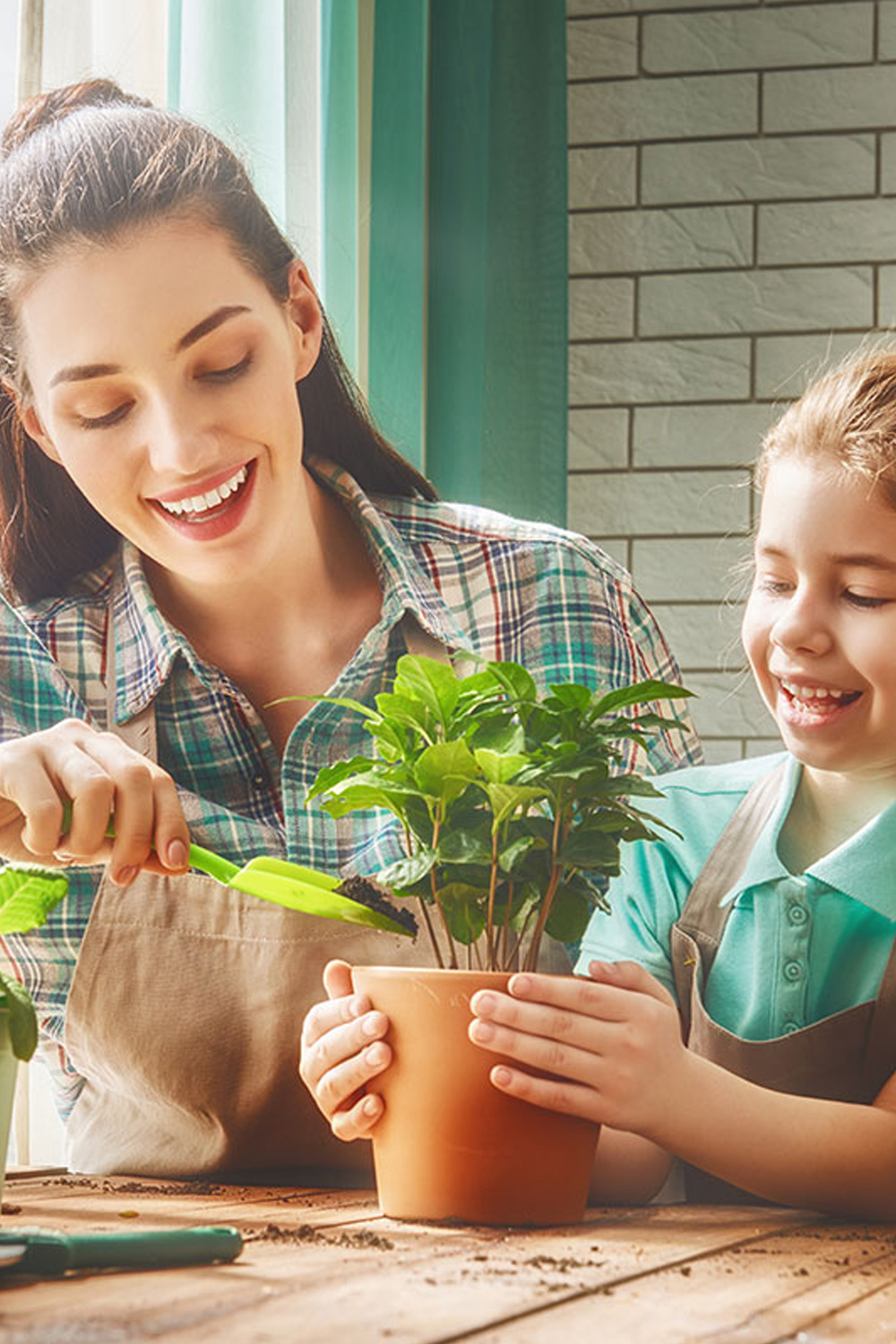
How to Care For Plants
Plants need to be overseen at specific points in their life cycle. You can do many different things to ensure a better future for a plant. A plant needs to be planted in a good place before it ever begins to grow from the beginning of its life.
Once you have found the correct type of plant for your specific needs, you have to find an ideal location to plant it. The best place would be full sunlight and good drainage, so the roots do not rot from too much water. The soil should also have enough nutrients so the root system can remain healthy through all stages of development.
Once the plant is planted, make sure you water it often enough to keep it moist but not too much where the soil becomes saturated and prohibits growth. The next stage of plant growth is to anticipate its growing habits and decide whether to let it grow according to its natural tendencies. Chopping plants back causes them to grow stronger and, with the proper nutrients, to flourish with fewer problems in the future.
Once a plant has grown, check on its soil conditions. Make sure you fertilize it at least once every year so the plant can remain healthy for as long as possible. Pests can be very harmful to your plants if not kept in check. This is essential when planting flowers because pests like to eat them, and you don’t want that happening.
Many different types of pests can attack your plants. One specific type is aphids, which are tiny insects that suck nutrients from plant leaves, causing the leaves to wilt. Be sure to check out Pau’s Plant Parent Chat, where Pau covers all the basics and analyzes plants using his background in medicine!
First-Time Plant Parent Guide
Congratulations on becoming a plant parent! Easy mistakes to make your first time caring for plants include overwatering, under-watering, and planting the wrong plant in the wrong place. New plants can be fragile and sensitive or even just feel that way. But if you care with love, you’re already on the right path! Overwatering is a common problem that occurs, especially when you first become a plant parent. Many new plant parents show too much love! Water until you see it drain down into the soil; never leave standing water in the pot, or it will get root rot. Standing water can also cause fungus problems. When watering, make sure to keep the soil evenly moist; watering too much will rot your roots, while watering too little will make your leaves wilt. Proper watering helps prevent fungal diseases like root rot and powdery mildew. Underwatering can also be a problem if your plants need more water but keep watering the same way.
Planting the wrong plant in the wrong place is also familiar to beginners, so be aware of your mistakes. Avoid planting a shade plant in full sun because it will burn the leaves. If you are unsure, try moving it away from direct sunlight for a while until you know that’s where it will end up. Many people try to water on a strict schedule. This is often unnecessary, as you should simply observe your plant and its soil to ascertain the best watering regimen. Many people also place houseplants in areas with very little natural light. This is very dangerous, as plant roots need sunlight to grow and thrive and do not survive in low-light areas. Winter is an important time for healthy indoor plants. The trick is to create the perfect indoor greenhouse. To do this, you need to understand the root needs of the plant during winter. During winter, your plant needs less water because it will grow slower. Therefore, reduce watering so as not to damage your plant.
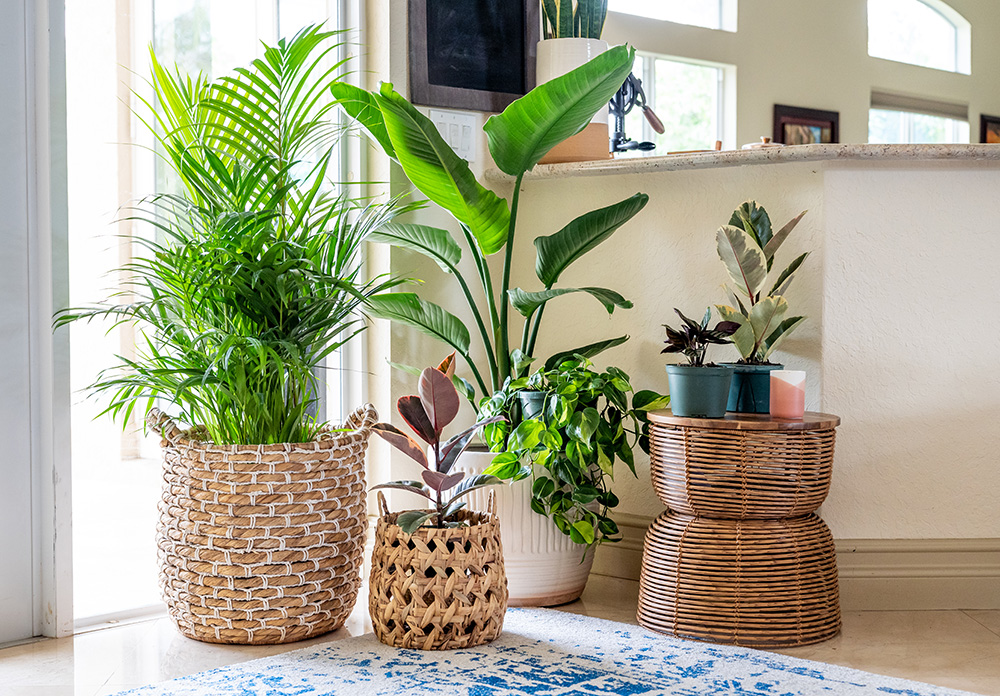
Indoor Plant Care Essential
You might be wondering what’s the best care for indoor plants and how to implement the essentials. Well, we’ve got you covered!
Indoor plants do not generally need additional fertilizers. However, if you need to, simply use a multipurpose houseplant fertilizer at half strength when you water unless otherwise directed.
When choosing an indoor plant, think about how much sunlight it gets throughout the day. If you can see yourself spending a lot of time taking care of your plant and giving it extra attention, then great! If not, make sure to choose a plant that will require less maintenance. Here are a few tips about caring for your houseplants:
Generally speaking, indirect sunlight is best for most indoor plants. However, if you have windows that can go from shaded to clear sunlight throughout the day, then your plant will do well in that environment.

Indoor Plant Care Essential
You might be wondering what’s the best care for indoor plants and how to implement the essentials. Well, we’ve got you covered!
Indoor plants do not generally need additional fertilizers. However, if you need to, simply use a multipurpose houseplant fertilizer at half strength when you water unless otherwise directed.
When choosing an indoor plant, think about how much sunlight it gets throughout the day. If you can see yourself spending a lot of time taking care of your plant and giving it extra attention, then great! If not, make sure to choose a plant that will require less maintenance. Here are a few tips about caring for your houseplants:
Generally speaking, indirect sunlight is best for most indoor plants. However, if you have windows that can go from shaded to clear sunlight throughout the day, then your plant will do well in that environment.
Outdoor Plant Care Essentials
When caring for your outdoor plants, start with choosing the right plant for the location. If your area gets more than 6 hours of direct sunlight per day, you want to select a plant that can withstand that much sun. You also want to consider things like rain and wind. It would be awful if you placed something out of your house which had no water and got scorched in sunlight when it needed shade and a lot of water.
When choosing an outdoor plant, look at the amount of sunlight they will receive during the day. Also, look at how much water they need, if any. Try to pick plants that will tolerate any kind of weather. Also, avoid plants that are poisonous to your pets or kids.
When you’re watering your plants, make sure to pay attention and check them often.
Once a plant reaches a specific size or gets too big for one spot in the house, it’s time to prune it. There are different types of pruning, such as pinching back and lopping (cutting off) the top of the plant.
When pruning plants, be careful not to harm the plant more than necessary.
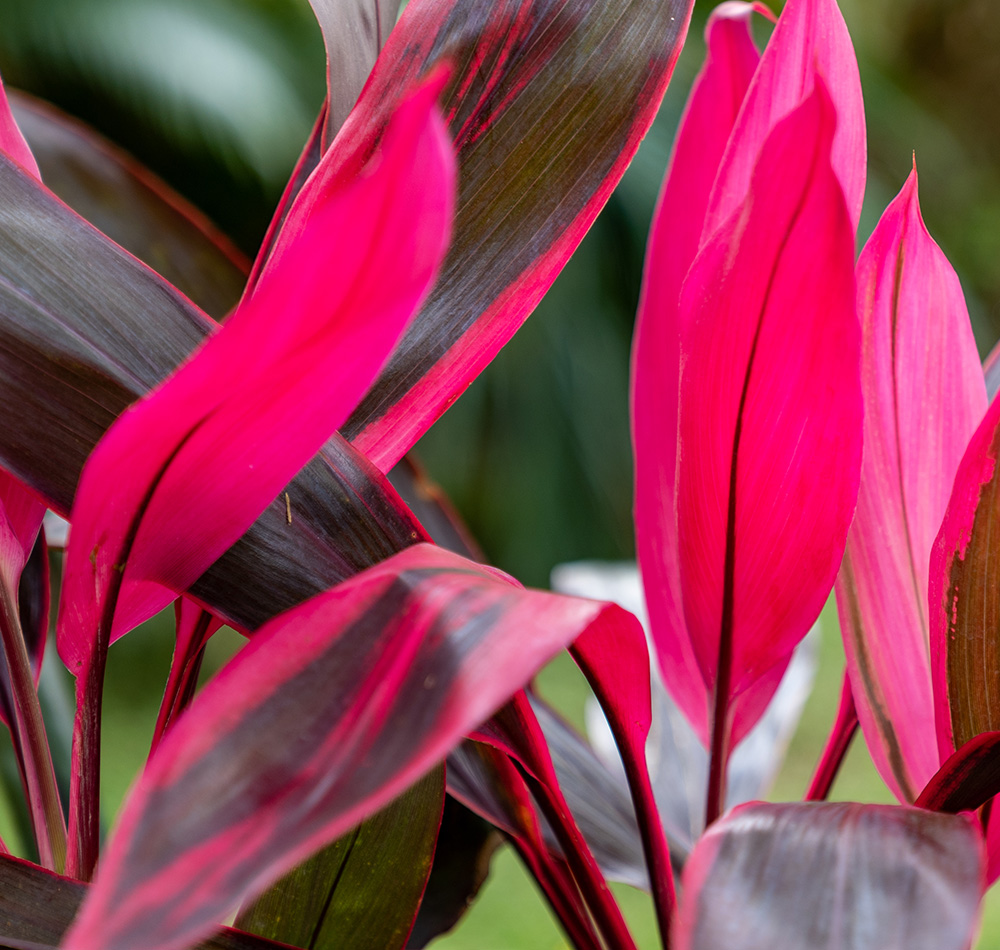
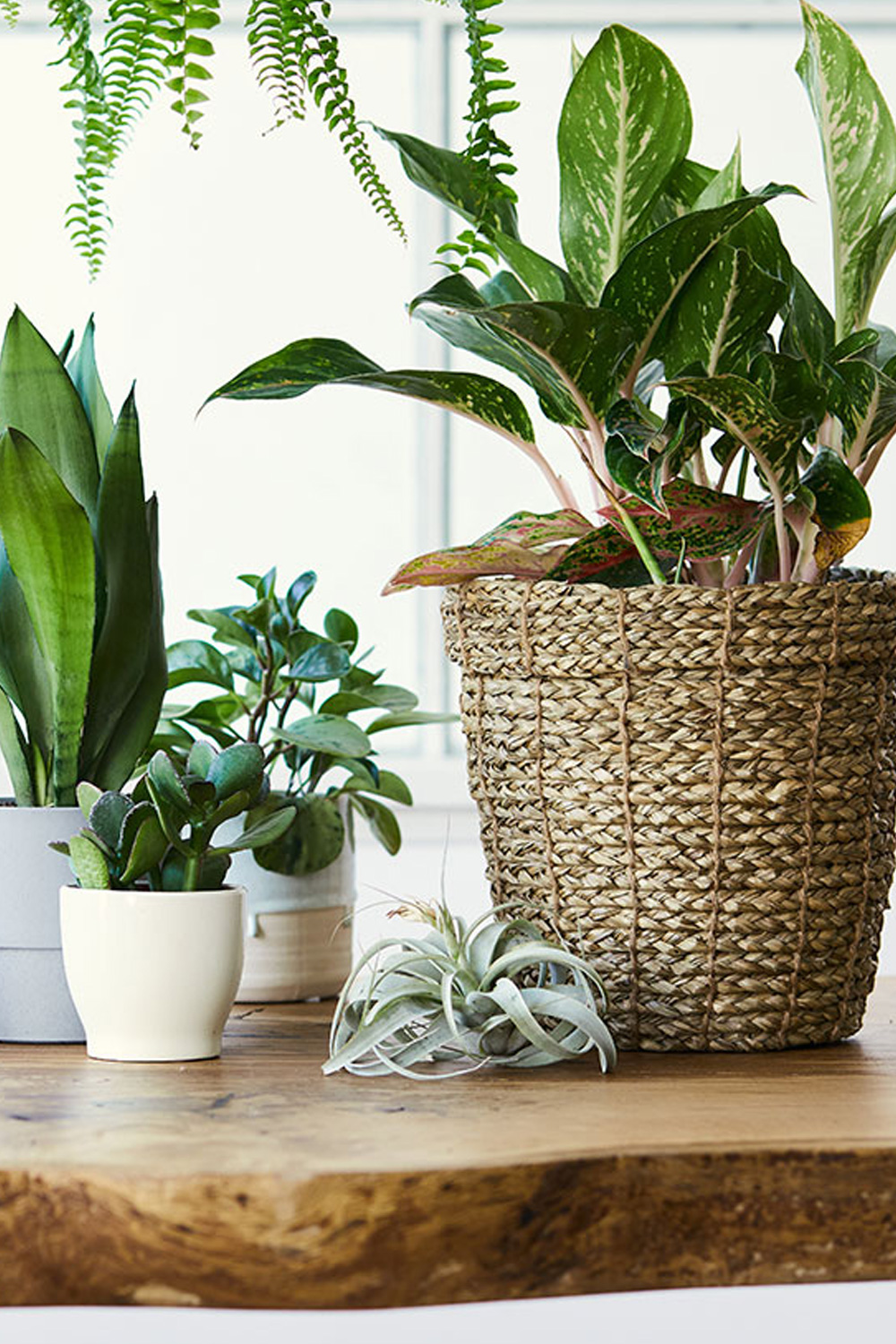
Essentials for All Types of Plants
Certain plants do very well with full sun, while others do very well with low light conditions. Watering the plant frequently will help to keep it happy and healthy. Consider your climate and how often you want to water your plant so that you can choose the right kind of plant for your specific environment.
Experienced indoor gardeners know how to take care of houseplants, but many beginners are intimidated by all kinds of plants they’ve never seen before. Indoor or outdoor gardener, some basic guidelines to follow are the same. Care for plants is actually relatively easy.
Plants are fragile when they are just starting out, so the best place to grow them is ideal. The right temperature, humidity, amount of light, and soil are all things you want to be perfect when taking care of baby plants.
When bringing new plants into your home or office, make sure that you give them time to acclimate themselves before putting them in their permanent location. Acclimating means giving the plant time to adjust to its new environment before you start watering it. This period should last about a week.
Remember to give your plant love and attention. Many problems can be avoided early by simply providing adequate attention to your plant. Suppose you start noticing problems, such as brown leaves or droopy branches. In that case, it is usually a good idea to move the plant somewhere else that gets more sunlight or water it more often.
Be aware that if you move your plant around a lot before it is fully acclimated, it may not adjust to its new location and can die. If you’ve got a baby plant and don’t know where to start caring for it, here are some quick tips: Water your plant if the top inch of soil feels dry. Let the water drain from the pot after watering. Growing houseplants need about an inch of water every week.
Plants to Make You Feel Young
Plants can keep you happy, healthy, and young at heart. Many studies have been conducted over the years to discover more about how plants help our daily lives. For many centuries, plants have been an essential part of our lives. Keeping a space fresh and green makes it feel alive and gives it an energy that feels youthful.
Some examples include the Esperanza plant, yellow elder, yellow bell bush, and ecoma plant. These plants promote youthful energy and emotions and can be used as indicators for success, happiness, and overall positivity. In addition, flowers and seeds have long been associated with fertility, youth, and beauty, making them the perfect gift for just about anyone, especially mothers.
If you’re indifferent about plants but want to start learning more about taking care of them, your first plant is the best place to start. You can start with any kind of houseplants or maybe small flowering plants for your garden.
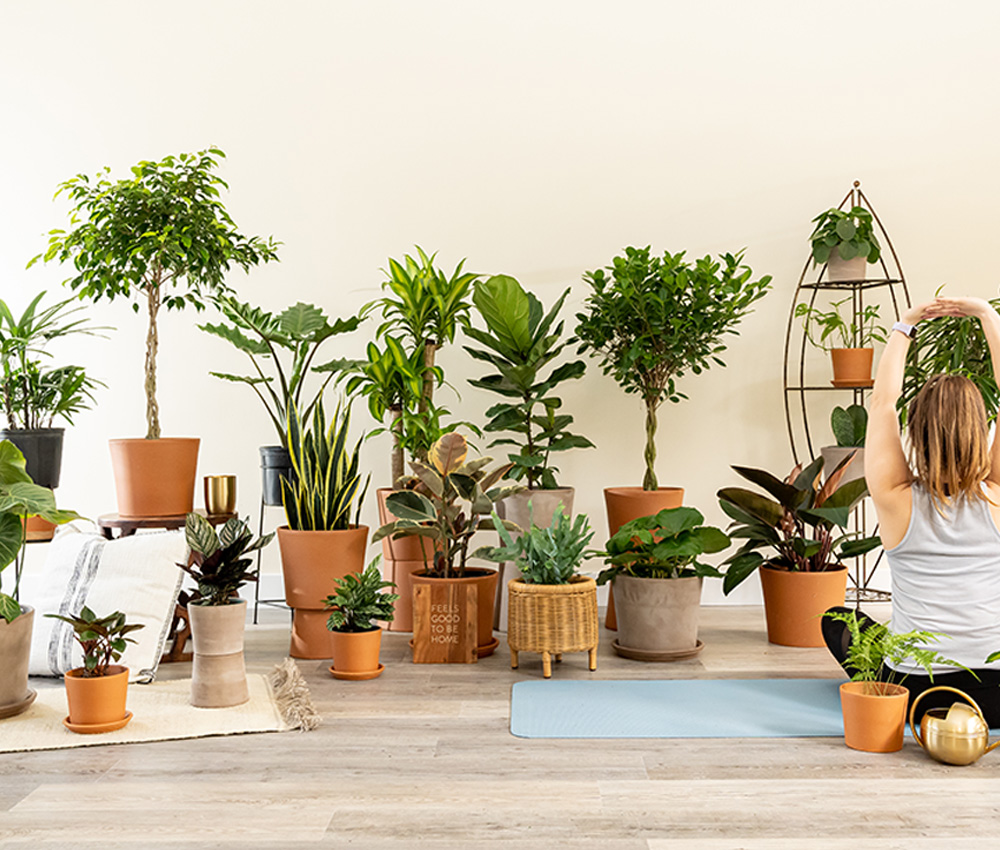
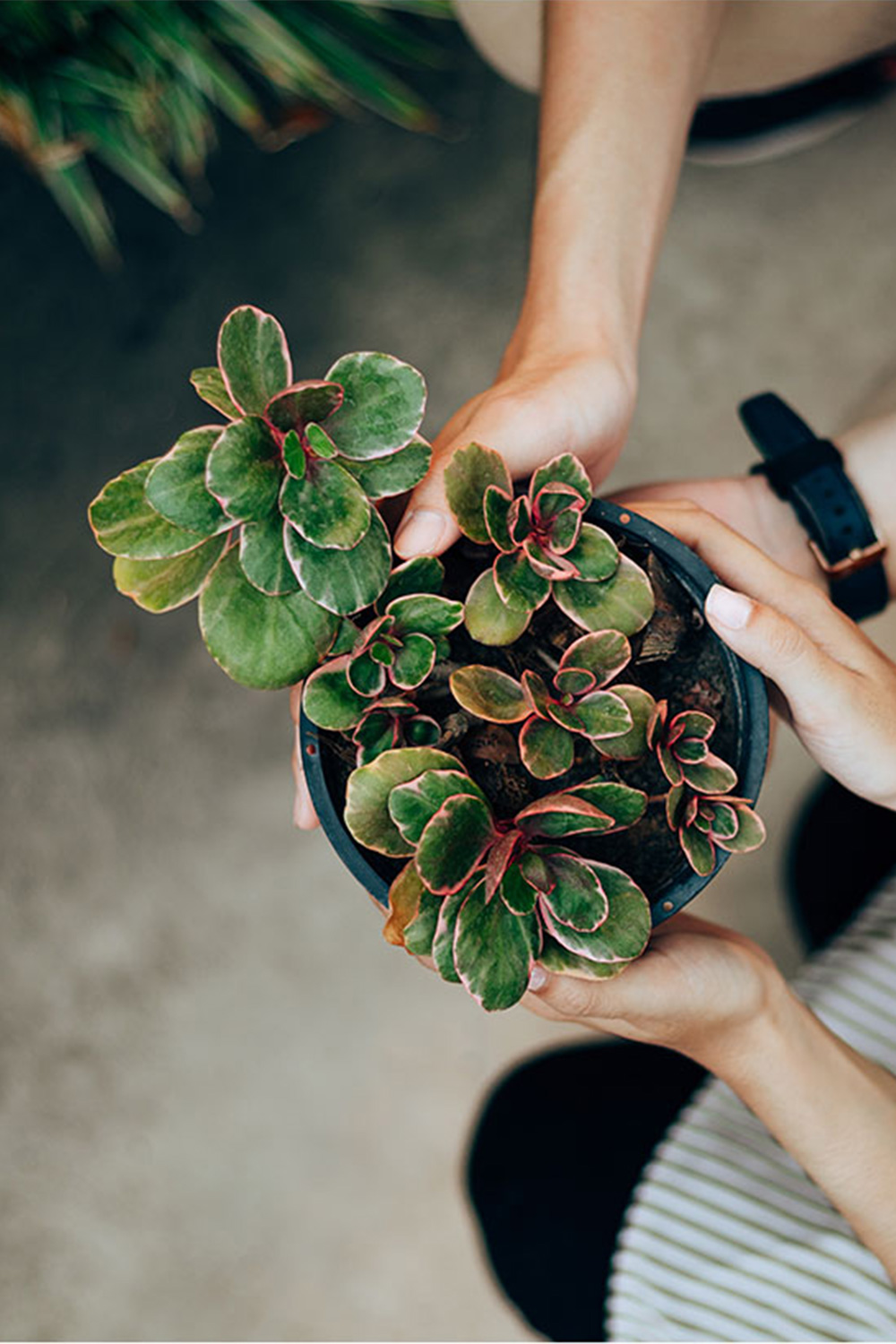
Gifts for Your Loved Ones
For those looking for a gift for someone special, houseplants are one of the best gifts you can give. As an initial gift, try sharing a small houseplant that will not cost too much. You can always increase the size of it as time progresses.
You can also try to find some flowering plants for your mother or grandmother. This will give her something to look forward to during the spring and summer months and share the experience with her family members.
You can also look at the houseplants used in hospitals or nursing homes because they are mostly easy to take care of.
Plants are excellent gifts because they grow over time, indicating a testament to the time you’ve spent close to each other. Some houseplants can become family heirlooms, such as specimens of Christmas Cactus that have been alive for over 100 years.
Keeping your home clean and fresh is vital to everyone. If you are dealing with allergies or other medical conditions, consider what you can do to make your home more conducive to living.
For all of these reasons, people need to discover the benefits of having plants in their homes. So many benefits are associated with having plants in your house, including enhancing moods, reducing stress levels, and so much more.
Many benefits come from owning plants in your house. One advantage that makes arriving home at the end of a long day better is when you see a lovely plant sitting on your doorstep and know that it’s waiting for you. Taking care of the plant also helps you to take care of yourself. By learning about houseplants, one can take proper care of them and reap all their benefits throughout your life. Take the time to learn how to do this, and you’ll never regret it.

Gifts for Your Loved Ones
For those looking for a gift for someone special, houseplants are one of the best gifts you can give. As an initial gift, try sharing a small houseplant that will not cost too much. You can always increase the size of it as time progresses.
You can also try to find some flowering plants for your mother or grandmother. This will give her something to look forward to during the spring and summer months and share the experience with her family members.
You can also look at the houseplants used in hospitals or nursing homes because they are mostly easy to take care of.
Plants are excellent gifts because they grow over time, indicating a testament to the time you’ve spent close to each other. Some houseplants can become family heirlooms, such as specimens of Christmas Cactus that have been alive for over 100 years.
Keeping your home clean and fresh is vital to everyone. If you are dealing with allergies or other medical conditions, consider what you can do to make your home more conducive to living.
For all of these reasons, people need to discover the benefits of having plants in their homes. So many benefits are associated with having plants in your house, including enhancing moods, reducing stress levels, and so much more.
Many benefits come from owning plants in your house. One advantage that makes arriving home at the end of a long day better is when you see a lovely plant sitting on your doorstep and know that it’s waiting for you. Taking care of the plant also helps you to take care of yourself. By learning about houseplants, one can take proper care of them and reap all their benefits throughout your life. Take the time to learn how to do this, and you’ll never regret it.
Greeting Cards and Crafts
Tropical plants are an incredible addition to any home, but sometimes they can get away from you. Keep your tropical plant healthy with these helpful tips. You may have thought that tropical plants are just for decorating or landscaping. But, they are also about having fun!
Plants can be a fun way to get your hands dirty and do a craft. On TikTok, it’s become popular to make “seed bombs” that you can toss on unused land and introduce beautiful plants. Some companies make paper that, when it decomposes, leaves behind seeds. Just the act of gardening is a fantastic way to get crafty!
E-gift cards are a great way to spread the joy of plants over a distance. Maybe send a meaningful greeting card, and then include a gift card that your loved one can spend on a plant. You’ll be able to create special memories together, and your loved ones will get to choose whatever plant they want.
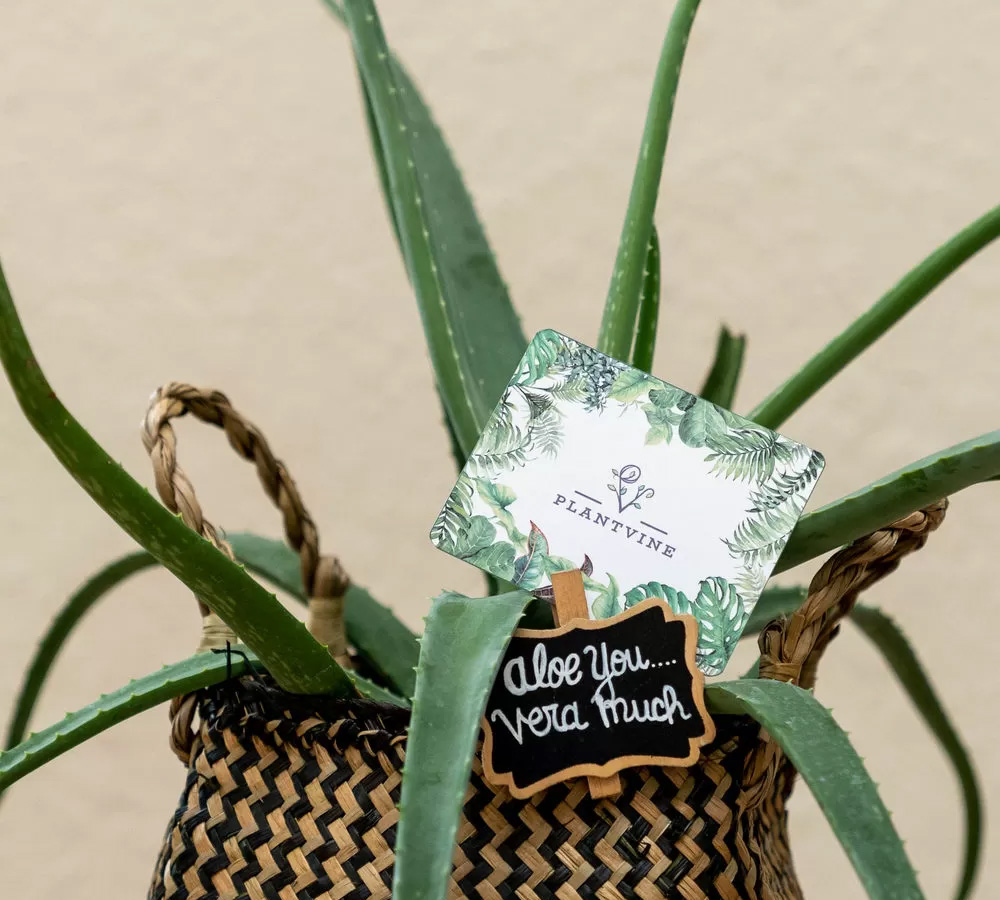
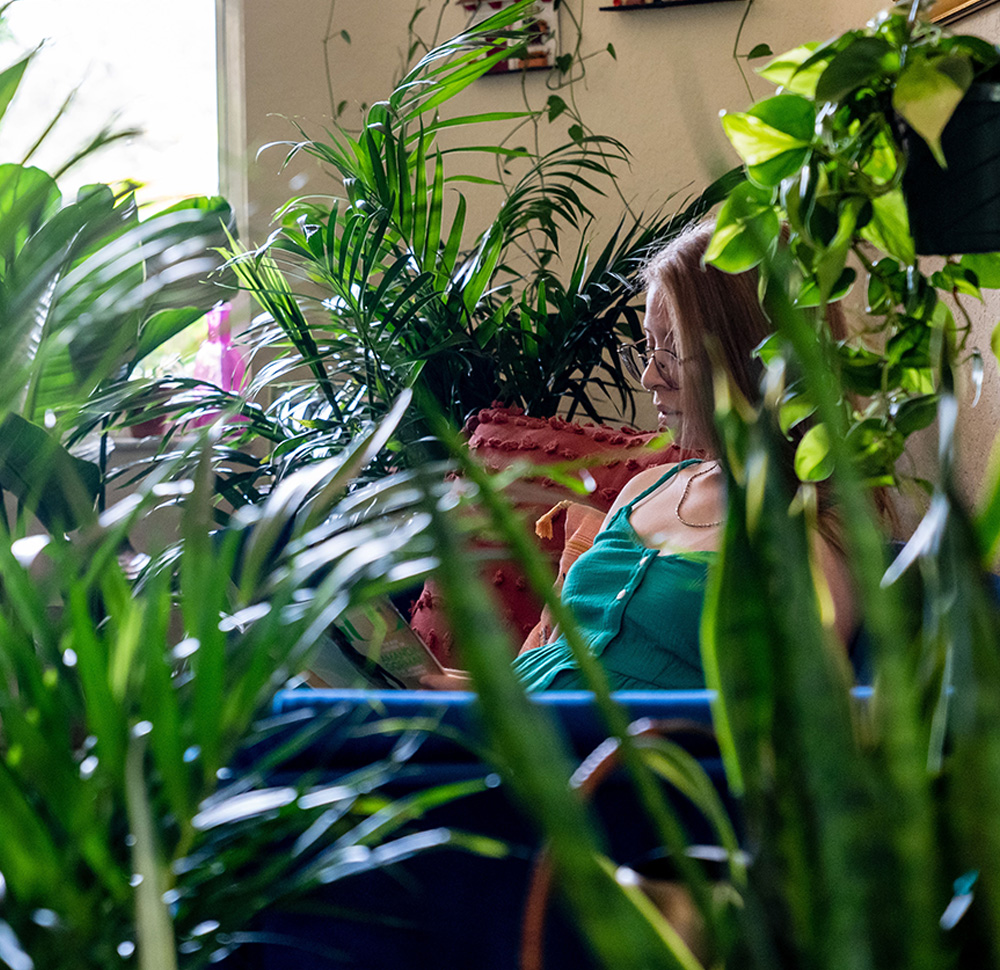
Becoming Raised in Nature
The number one concern of many people who still live in the city is the air quality. Well-known environmental problems are acid rain, air pollution, ozone layer depletion, climate change, and global warming. Yet, we need nature and green spaces to have a healthy world. Today, there are lots of people who are discovering the benefits tropical plants have to offer. This is because they realize that giving them home can help them lead a healthier lifestyle.
Tropical plants give people an opportunity to be beautified by nature and allow them to refresh their minds and surroundings with positive energy throughout the day. Unfortunately, too many people live in urban areas far from natural spaces where they have the space to recharge and reconnect with nature. The problem with all of these areas is that they don’t allow a real connection with nature. Everyone needs a space in which they can let their spirit soar without any distractions from outside forces. In today’s hectic world, nothing could be valued more than peace and quiet. Plants can help relieve stress, which is one of nature’s many gifts in effect.
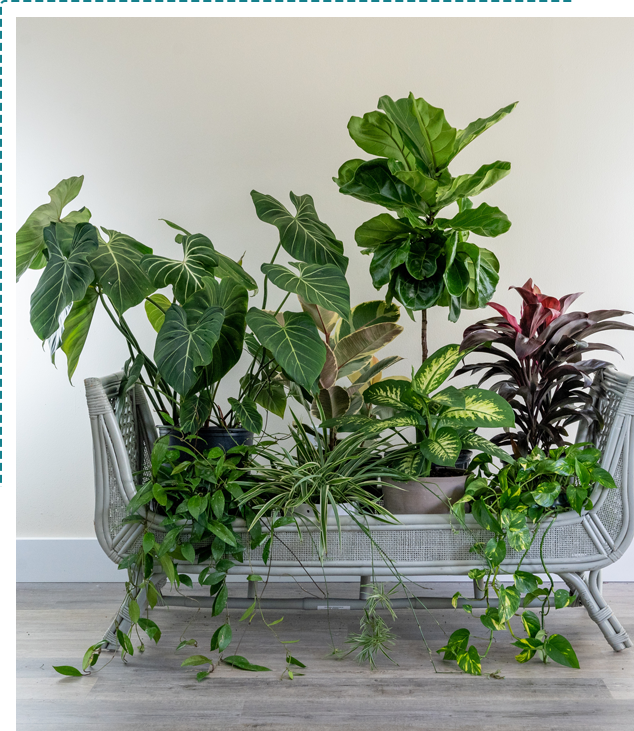
Making Your Home a Restorative Haven
Much in the same way that plants can provide healing energy outdoors, they can do the same in your home. There are several ways that indoor plants can give comfort to your home. Spaces like balconies call for beautiful plants that will make them shine.
Containers are the best way to do this. All you have to do is place the container in a place where it will be visible in your home. It can be a balcony, a porch, or a window. You can even plant them in the corners of your house to make it brighter and cheerful. The good thing about container gardening is that you can also use it for your indoor plants.
These plants do not take up much space, and therefore they are easy to maintain. They are also beautiful, especially when they decorate your living room or any room in the house that is available for beautification.
Using exotic or unusual plants in containers will give the setting a tropical look. In addition, this will make the room look spacious. The colors in these plants are unique, so you can choose any colors to match your furniture to have a great look.
All-in-One Stop Shop
Virtually all plants are available online. Through the magic of the Internet, you can have green beauty at your door whenever you need it. Want a philodendron? The Internet has you covered. Need a peace lily to enhance your living room? No problem. Want to fill your house with beautiful Mother’s Day flowers? Pick out the perfect bouquet online!
What could be easier? You can even buy gifts for friends or family members online. So long as they’re within arm’s reach, you’re guaranteed to find them without spending too much time. Even if you don’t know what type of plant they want, just by clicking on random pages, you’ll eventually stumble upon something that catches your eye.
This gives the gift-giver far more variety than even the biggest horticultural store could provide.
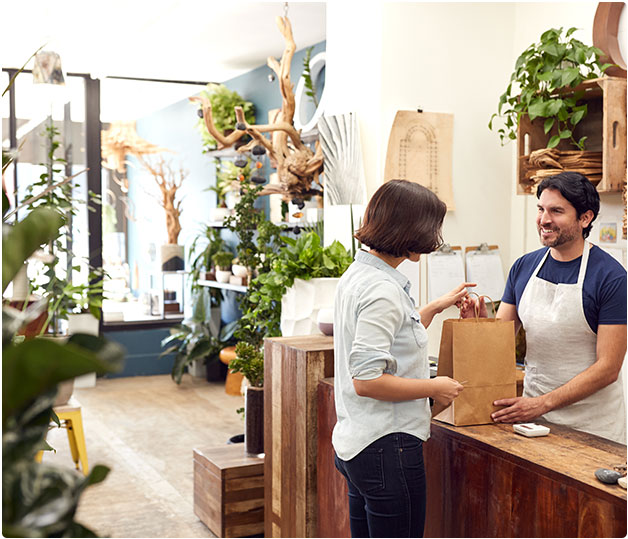
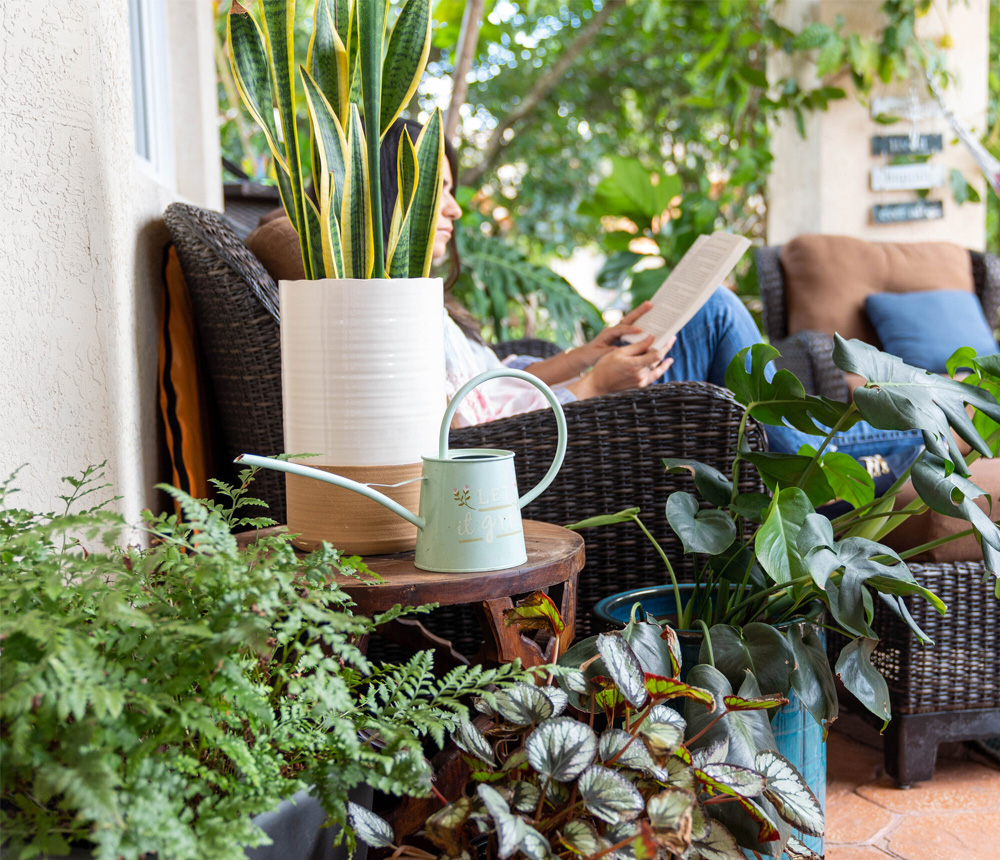
The Beauty of Green
Plants are also great for reducing stress. Sometimes, we become so caught up in our daily routines that we begin to feel tense and stressed out. If you make time every month to water your plants, they will remind you of how important it is for you to take care of yourself–even when you’re busy.
More green equals more happiness. Plants are very effective in the look of a home and in improving its mental health benefits. Research has found that green plants have helped reduce depression, pain, stress, and anxiety in people who suffer from them.
Plants are an essential step in improving the quality of your life, which will, in turn, improve the quality of your health.
Plants can heal us through medicinal properties and the green beauty they provide to our lives.

Learning More
Many people, especially first-time plant parents or those newer to growing, may have questions and seek guidance about where to start and what to do. Don’t worry; you’re not alone, we’re here to help. You can always consult this page, or search around our site to find any information you may need!

Plants Are Good For You!
Owning and caring for plants can be a mutually beneficial relationship. Much in the way that you help the plants in your life thrive, so can they help you succeed. Indoors or outdoors, there is no denying that plants make us feel good and help us with our personal health.
There is no reason why you shouldn’t fill your home with plants, especially if you are trying to improve your home’s functionality and appeal. The more greenery you add to your home, the better it will feel. Likewise, the more light you add to your home, the happier you will be.

